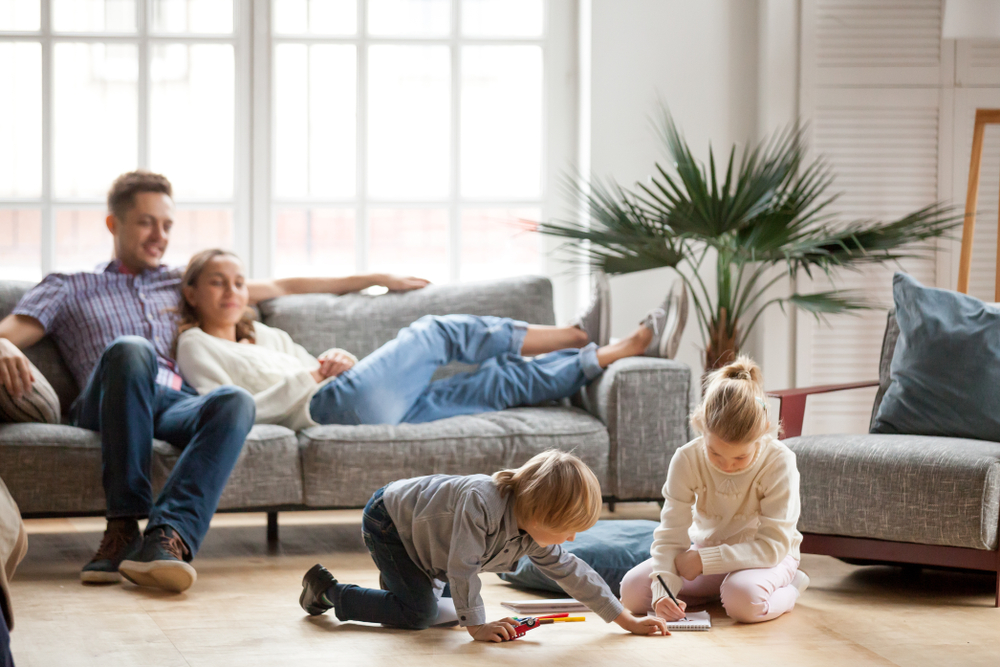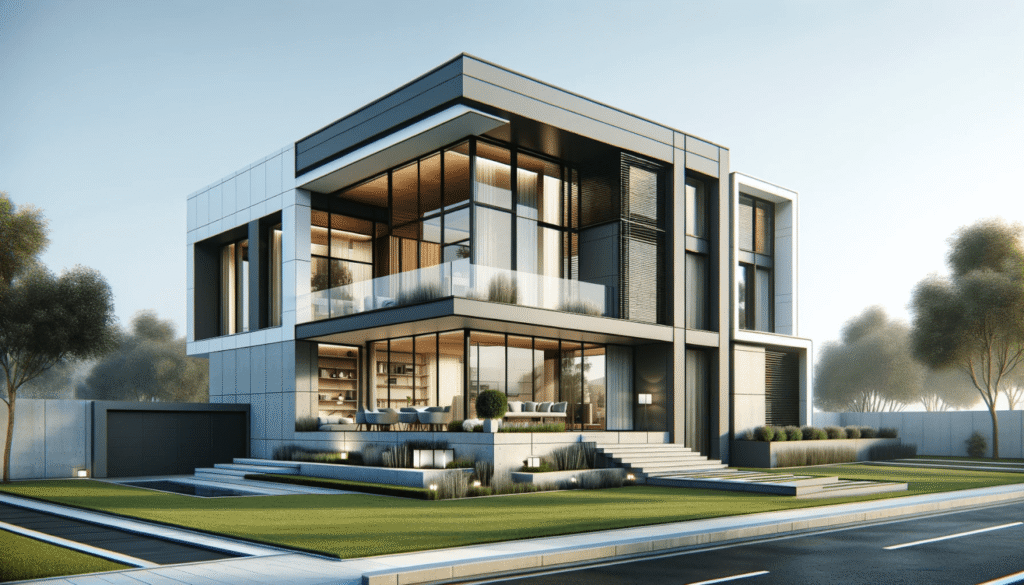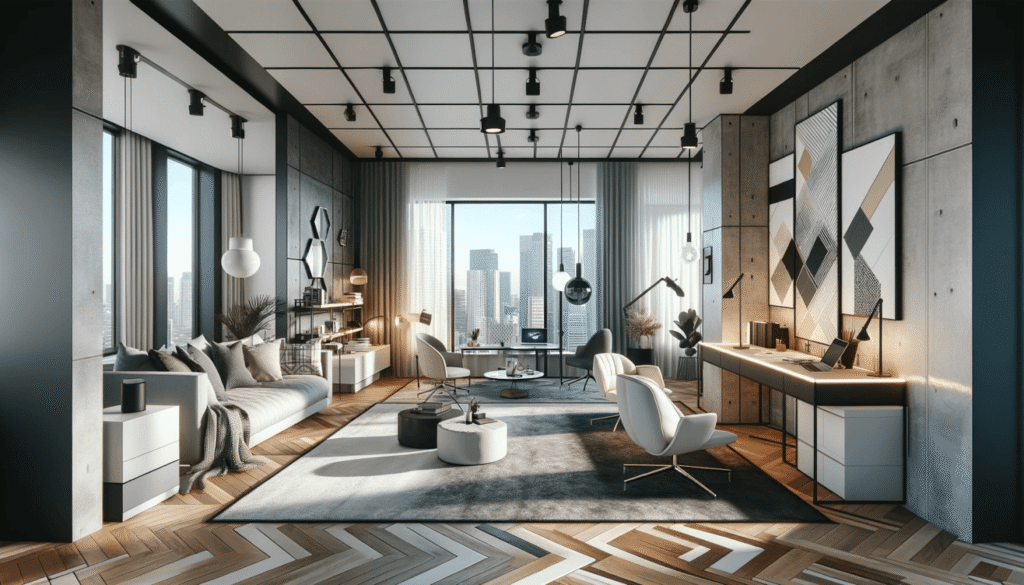
As urban living continues to evolve, the concept of communities has shifted dramatically. Modern homeowners no longer just seek a place to live—they desire a lifestyle. This trend has given rise to new communities that combine luxury, convenience, technology, and sustainability to meet the needs of today’s modern Living. From innovative architecture to smart infrastructure, these developments are redefining what it means to live comfortably and efficiently.
Over the past decade, the real estate landscape has changed dramatically. Traditional residential developments focused largely on housing density and location, but modern communities prioritize a holistic lifestyle. Residents now seek developments that integrate social spaces, recreational facilities, and technology-driven conveniences.
The rise of modern communities reflects a shift in priorities: people value experiences, wellness, and connectivity more than ever. Developers are responding with communities that provide a seamless blend of work, leisure, and family-friendly living—all within walking distance.
Modern communities are characterized by specific elements that set them apart from traditional neighborhoods. These features aim to create a living environment that is both convenient and enjoyable.
Technology is at the heart of modern living. Smart home systems allow residents to control lighting, temperature, security, and appliances remotely. These integrations not only improve convenience but also enhance energy efficiency, contributing to sustainable living.
Communities are increasingly prioritizing green living. Landscaped parks, walking trails, and communal gardens are standard in modern developments. Many communities also incorporate renewable energy solutions, water recycling systems, and eco-friendly materials, creating a more sustainable lifestyle for residents.
The concept of mixed-use developments is transforming communities. Residential units, retail outlets, office spaces, and entertainment hubs coexist, reducing the need for long commutes. This integration fosters a vibrant, walkable environment where residents can live, work, and play in close proximity.
Modern communities prioritize shared experiences. Social hubs, clubhouses, co-working spaces, and sports facilities encourage residents to interact and form connections. Such designs foster a sense of belonging and promote a stronger, more inclusive neighborhood culture.

Luxury is no longer just about opulent interiors—it’s about thoughtful, practical designs that enhance daily living. Developers focus on maximizing natural light, creating open floor plans, and offering flexible spaces that adapt to changing family needs.
Amenities like gyms, pools, and wellness centers are integrated into community layouts, making luxury accessible and convenient. The combination of aesthetics, functionality, and lifestyle amenities defines modern luxury communities.
Location remains a crucial factor in real estate, but modern communities go beyond mere proximity. They are designed to ensure easy access to major transport routes, educational institutions, healthcare centers, and shopping districts.
Integrated public transport options, pedestrian-friendly walkways, and cycling lanes contribute to a seamless living experience. Residents benefit from reduced travel times and increased connectivity, making day-to-day life effortless.
Modern communities emphasize holistic well-being. Facilities such as jogging tracks, yoga zones, fitness centers, and meditation areas are standard. Some communities even offer wellness programs and health-focused events to promote a balanced lifestyle.
This focus on health extends to urban planning as well, with pollution control measures, clean water supply, and green building practices ensuring a healthy environment for residents.
Technology is transforming not only homes but the entire community experience. Smart security systems, AI-driven maintenance, and community apps for events and announcements streamline daily life. Residents can book amenities, receive updates, or even connect with neighbors via dedicated digital platforms, enhancing convenience and social engagement.
For families, modern communities offer safety, educational opportunities, and recreational options. Child-friendly zones, playgrounds, and schools within the community make daily routines easier for parents. These spaces encourage learning, play, and social interaction, creating a nurturing environment for children.
Environmental responsibility is a core principle of new community designs. Developers incorporate renewable energy, solar panels, rainwater harvesting, and energy-efficient buildings. Green belts and tree-lined avenues not only beautify the neighborhood but also improve air quality and contribute to residents’ mental well-being.
This sustainable approach resonates with environmentally conscious buyers who prioritize reducing their carbon footprint without compromising comfort.
Beyond lifestyle benefits, these communities often offer strong investment potential. Properties in well-planned, amenity-rich neighborhoods tend to appreciate faster due to high demand. Investors are drawn to the promise of modern infrastructure, lifestyle amenities, and strategic location, making these communities a smart financial choice.

Globally, several developments have successfully embraced the modern living philosophy:
These examples demonstrate how innovative design, technology, and sustainability come together to redefine modern living.
While modern communities offer numerous advantages, potential buyers should consider certain factors:
However, the long-term benefits of enhanced lifestyle, convenience, and property value often outweigh these challenges.
The future of residential developments points toward even smarter, more sustainable, and socially connected communities. Innovations in urban planning, AI-driven infrastructure, and green architecture will shape how people live in the next decade.
We can expect communities that integrate work-from-home solutions, personalized wellness programs, autonomous transport options, and community-driven digital platforms, making urban life more efficient and enjoyable.
Modern communities reflect a shift in human priorities—from merely owning a home to enjoying a fulfilling, connected lifestyle. They cater to the evolving needs of residents who value health, convenience, sustainability, and social interaction.
Choosing to live in such a community is no longer just about real estate; it’s about investing in a lifestyle that nurtures personal growth, family bonds, and overall well-being.
New communities designed for modern living are more than residential developments—they are lifestyle ecosystems. By integrating technology, sustainability, wellness, and social engagement, these neighborhoods redefine the meaning of home.
As urban living continues to evolve, these communities represent the future: a blend of luxury, convenience, and purpose-driven design. For residents and investors alike, they offer unmatched opportunities to live better, smarter, and more connected lives.
Do Follow Estate Magazine on Instagram
Dubai Property Market 2026: Top Areas to Invest Before Prices Soar
